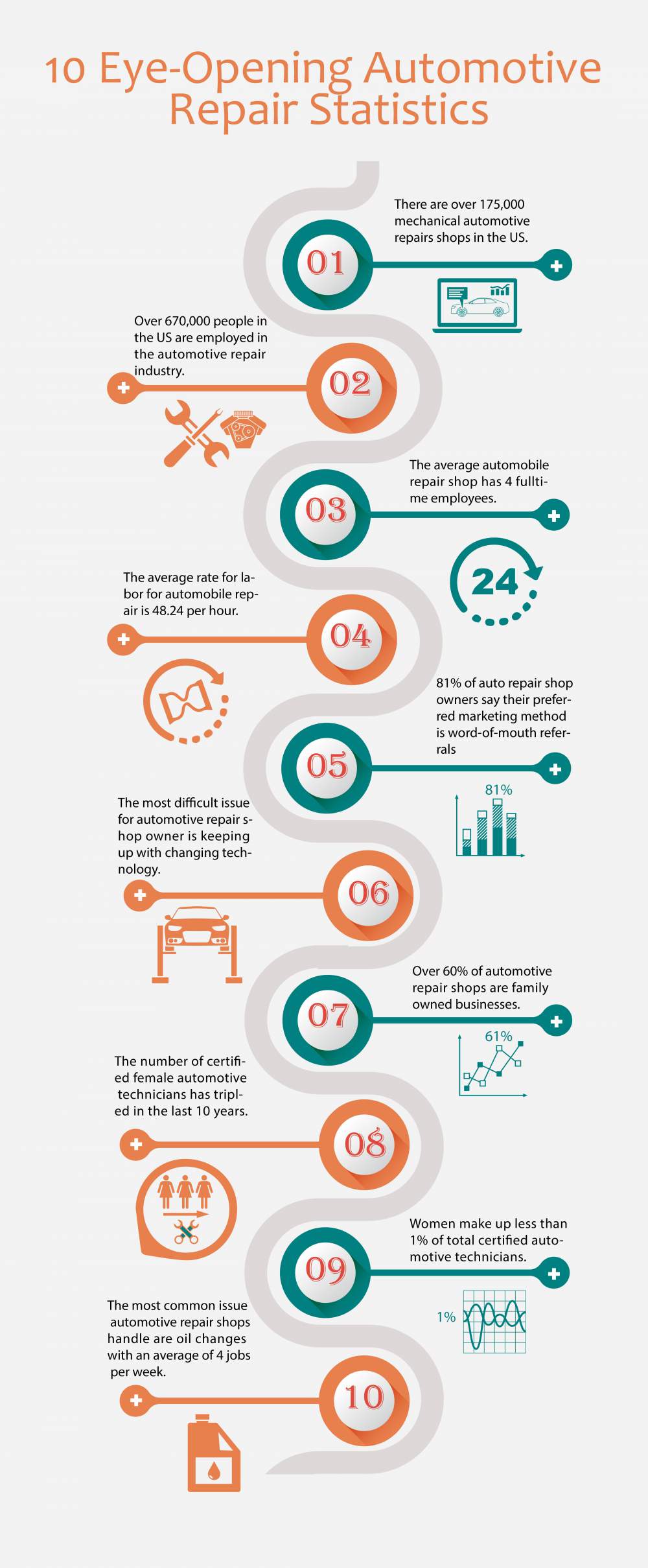Assessing Your Vehicle'S Warning Indicators: What They Actually Communicate
Assessing Your Vehicle'S Warning Indicators: What They Actually Communicate
Blog Article
Content Writer-Termansen Kejser
When you're behind the wheel, those glowing caution lights on your control panel can be a bit complicated. Do you recognize what they're attempting to inform you regarding your automobile's wellness? Understanding the importance of these lights is vital for your safety and the longevity of your vehicle. So, https://brakepads63840.izrablog.com/31769232/regularly-held-misunderstandings-concerning-vehicle-repair-work-explained of those lights appears, wouldn't you intend to decode its message accurately and take the essential steps to address it?
Common Caution Lighting and Interpretations
Recognize typical caution lights in your cars and truck and comprehend their significances to make sure safe driving.
One of the most typical warning lights include the check engine light, which indicates issues with the engine or emissions system. If this light comes on, it's vital to have your car checked quickly.
car wash exterior alerting light shows reduced oil stress, requiring prompt focus to stop engine damage.
A flashing battery light might suggest a malfunctioning billing system, possibly leaving you stranded otherwise attended to.
The tire stress surveillance system (TPMS) light informs you to low tire stress, influencing car stability and gas efficiency. Overlooking this can cause unsafe driving conditions.
The abdominal light shows a problem with the anti-lock stopping system, compromising your capability to quit rapidly in emergencies.
Last but not least, the coolant temperature level advising light warns of engine overheating, which can cause extreme damage otherwise solved swiftly.
Comprehending these typical warning lights will assist you address problems promptly and keep secure driving problems.
Value of Prompt Interest
Recognizing the typical caution lights in your car is just the initial step; the relevance of immediately dealing with these warnings can't be stressed sufficient to ensure your security when driving.
When a caution light illuminates on your dashboard, it's your automobile's way of connecting a potential problem that needs interest. Disregarding these warnings can lead to much more extreme problems later on, compromising your security and potentially costing you much more out of commission.
Prompt interest to warning lights can prevent breakdowns and mishaps. For example, a blinking check engine light might show a misfire that, if left unattended, can trigger damage to the catalytic converter. Resolving this immediately can conserve you from a pricey repair work.
Similarly, a brake system warning light might signify reduced brake liquid or used brake pads, vital parts for your safety when driving.
Do It Yourself Troubleshooting Tips
If you discover a caution light on your control panel, there are a few DIY repairing pointers you can try before looking for expert assistance.
The very first step is to consult your vehicle's guidebook to recognize what the certain caution light indicates. Occasionally the issue can be as simple as a loosened gas cap triggering the check engine light. Tightening up the gas cap might deal with the trouble.
An additional common problem is a reduced battery, which can trigger different cautioning lights. Inspecting the battery links for corrosion and ensuring they're safe and secure may repair the trouble.
If a caution light lingers, you can try resetting it by disconnecting the vehicle's battery for a few mins and after that reconnecting it. Furthermore, examining your car's liquid levels, such as oil, coolant, and brake liquid, can help troubleshoot cautioning lights associated with these systems.
Verdict
In conclusion, comprehending your vehicle's warning lights is necessary for keeping your automobile running efficiently and safely. By without delay dealing with these alerts and knowing what they mean, you can stay clear of costly fixings and possible failures.
Keep in mind to consult your automobile's guidebook for particular details on each cautioning light and do something about it appropriately to guarantee a trouble-free driving experience.
Stay notified, remain secure when traveling!
